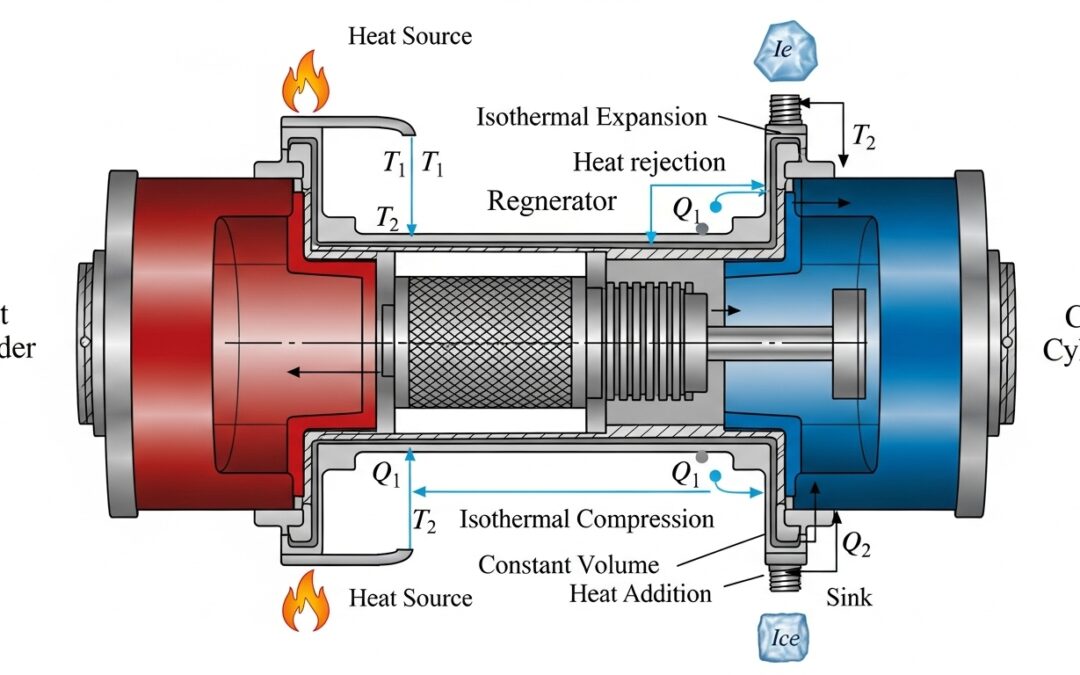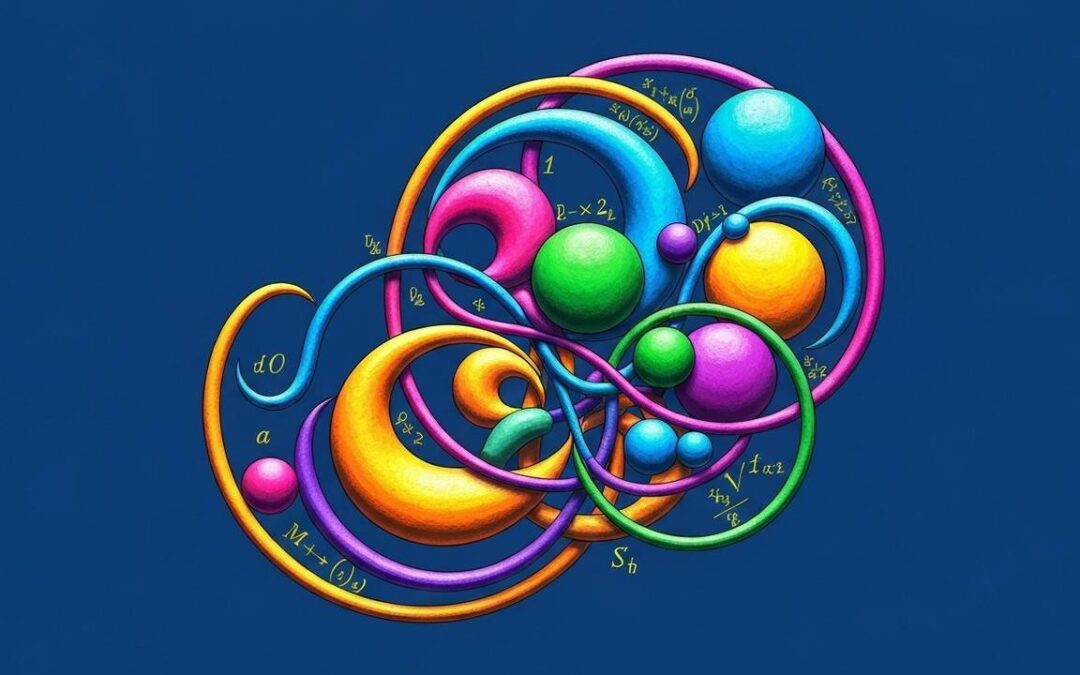Exploring the Mandelbrot set main cardioid reveals fascinating aspects of complex dynamics. We’ll dissect a theorem by Carleson and Gamelin, focusing on fixed points and their multipliers. Understanding how these fixed points behave within the Mandelbrot set is key. This exploration aims to clarify the theorem, making the complex dynamics more accessible. The cardioid’s properties significantly influence the behavior of the Mandelbrot set, so let’s dive in and uncover these relationships.
Table of Contents
- Understanding the Theorem
- Proof Insights
- Detailed Explanation of Convergence
- Repelling Fixed Points and Conclusion
- Similar Problems and Quick Solutions
- Problem 1: Determine if ##c = -0.5## is in the main cardioid.
- Problem 2: Find a ##c## value on the boundary of the main cardioid.
- Problem 3: Show that if ##c## is real and greater than 0.25, the fixed points are repelling.
- Problem 4: Explain the significance of the cusp of the main cardioid.
- Problem 5: What happens to the Julia set ##J_c## when ##c## is outside the Mandelbrot set?
More from me
The Mandelbrot set is a fascinating area of complex dynamics. This article explores the theorem concerning the main cardioid within the Mandelbrot set. We aim to clarify the theorem by Carleson and Gamelin, focusing on the properties of fixed points and their multipliers. This exploration will deepen your understanding of complex dynamics and the Mandelbrot set.
Understanding the Theorem
The theorem states that for each ##\lambda##, where ##|\lambda| < 1##, there exists a unique ##c = c(\lambda)## such that ##P_c## has a fixed point with multiplier ##\lambda##. The values of ##c## for which ##P_c## has an attracting fixed point form a cardioid ##C## within the Mandelbrot set ##M##. Furthermore, the boundary of ##C## is a subset of the boundary of ##M##, and if ##c \in C##, then the Julia set ##J_c## is a quasicircle. This theorem is central to understanding the structure of the Mandelbrot set.
Here, ##P_c(z) = z^2 + c## represents a quadratic polynomial, and ##M## denotes the Mandelbrot set. The theorem connects the dynamics of ##P_c## with the geometric properties of the Mandelbrot set. Understanding the relationship between the parameter ##c## and the behavior of the fixed points is crucial. The Mandelbrot set main cardioid is a key component in this relationship.
Proof Insights
Let ##W## be the component of the interior of ##M## containing ##C##. According to theorem 1.2, the polynomials ##f_n(c) = P^n_c(0)## are uniformly bounded on ##W##. These polynomials converge to the attracting fixed point ##z_c## on ##C##. Due to analyticity, this convergence extends to the fixed point ##z_c## on all of ##W##. This is a critical step in understanding how the attracting fixed point behaves within the component ##W##.
However, if ##c \notin \bar{C}##, then ##z_c## is a repelling fixed point. In this case, we cannot have ##P^n_c(0) \rightarrow z_c## unless ##P^n_c(0) = z_c## for large ##n##. Since this can only occur on a countable set, we conclude that ##W = C##. This conclusion highlights the significance of the Mandelbrot set main cardioid in determining the behavior of the fixed points.
Detailed Explanation of Convergence
The family of functions ##\mathcal{F} = {f_n}## is uniformly bounded and analytic on ##W##. By Montel’s theorem, ##\mathcal{F}## is normal and pre-compact in the compact-open topology. This implies that any convergent sequence in ##\mathcal{F}## converges to an analytic function on ##W##. Suppose ##f_{n_k} \to g## uniformly on compact subsets of ##W##. This convergence is essential for understanding the properties of the fixed points.
Then ##g(c) = z_c## for every ##c \in C##, implying that ##P_c(g(c)) = g(c)## for all ##c \in C##. Since ##W## is connected and both sides of the equation are analytic on ##c##, the equation holds for every ##c \in W##. Thus, ##g(c)## is a fixed point of ##P_c## for all ##c \in W##. This detailed explanation clarifies the convergence and its implications for the fixed points within the Mandelbrot set main cardioid.
Repelling Fixed Points and Conclusion
If ##c \in W \setminus \overline{C}##, then ##c## lies outside the closure of the main cardioid, and all fixed points of ##P_c## are repelling, including ##g(c)##. By direct calculation, ##P_c## has an attracting fixed point if and only if ##c \in C## and a neutral fixed point if and only if ##c \in \partial C##. The presence of repelling fixed points outside the cardioid is crucial.
However, ##g(c)## attracts the orbit of ##c##, but since ##g(c)## is a repelling fixed point, we conclude that for every ##c## in the open set ##W \setminus \overline{C}##, ##f_n(c) = g(c)## for some ##n##. Since both sides are analytic on ##c##, there exists an ##n_0## such that ##f_{n_0}(c) = g(c)## for every parameter ##c \in W##, which is absurd. This shows that ##C \subset W \subset \overline{C}##, and since ##W## is open, it follows that ##W = C##, further solidifying the properties of the Mandelbrot set main cardioid.
Similar Problems and Quick Solutions
Problem 1: Determine if ##c = -0.5## is in the main cardioid.
Solution: Yes, ##c = -0.5## is within the main cardioid as it leads to an attracting fixed point.
Problem 2: Find a ##c## value on the boundary of the main cardioid.
Solution: ##c = 0.25## lies on the boundary, resulting in a neutral fixed point.
Problem 3: Show that if ##c## is real and greater than 0.25, the fixed points are repelling.
Solution: For ##c > 0.25##, the fixed points of ##P_c(z) = z^2 + c## are repelling.
Problem 4: Explain the significance of the cusp of the main cardioid.
Solution: The cusp represents a parameter value where the fixed point is parabolic.
Problem 5: What happens to the Julia set ##J_c## when ##c## is outside the Mandelbrot set?
Solution: ##J_c## becomes a disconnected set (a Cantor set) when ##c## is outside the Mandelbrot set.
| Concept | Description | Relevance to Mandelbrot Set Main Cardioid |
|---|---|---|
| Fixed Point | A point ##z## such that ##P_c(z) = z## | The behavior of fixed points (attracting, repelling, neutral) determines whether ##c## lies within the main cardioid. |
| Multiplier ##\lambda## | The derivative of ##P_c(z)## at a fixed point | If ##|\lambda| < 1##, the fixed point is attracting; if ##|\lambda| > 1##, it is repelling. The main cardioid consists of ##c## values with attracting fixed points. |
| Mandelbrot Set ##M## | The set of all ##c## values for which the orbit of 0 under ##P_c(z) = z^2 + c## is bounded | The main cardioid ##C## is a subset of ##M##, and its boundary is part of the boundary of ##M##. |
| Julia Set ##J_c## | The boundary between points whose orbits escape to infinity and those that do not | If ##c## is in the main cardioid, ##J_c## is a quasicircle. |
We also Published
RESOURCES
- Why does the boundary of the Mandelbrot set contain a cardioid …
- Precise location of the Mandelbrot Bulb Attachment to the main …
- Mandelbrot set – Wikipedia
- Algebraic solution of Mandelbrot orbital boundaries – by Don Cross …
- Is the Mandelbrot set (apart from the main cardioid) made up entirely …
- The Heart of the Mandelbrot | Logos con carne
- Why does a cardioid show up in the Mandelbrot set, your coffee mug …
- computer graphics, mathematics, shaders, fractals … – Inigo Quilez
- Visualising a single orbit within The Mandelbrot Set cardioid. : r/math
- The Structure of the Mandelbrot Set







0 Comments